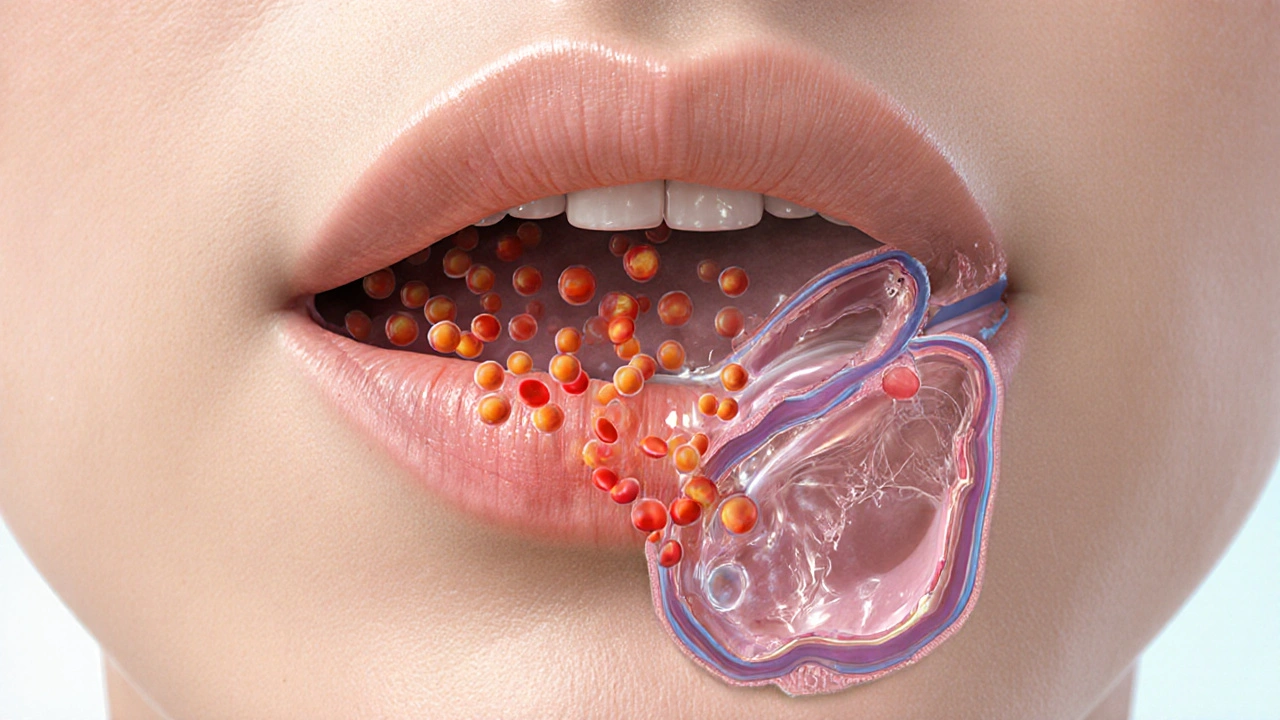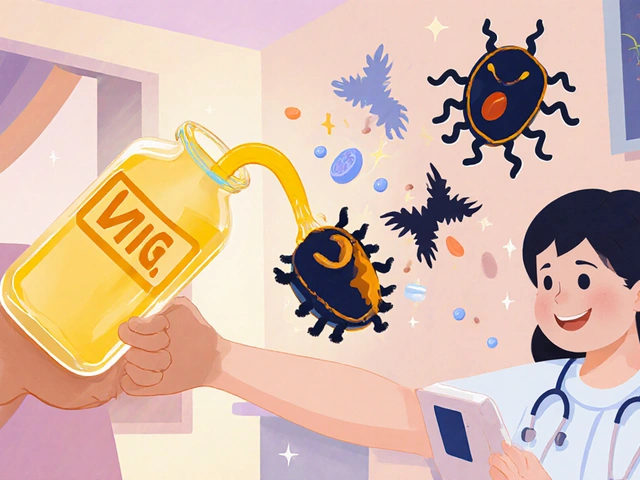Histamine: What It Is and Why It Matters
When working with histamine, a biogenic amine that drives inflammation, gastric secretion, and allergic symptoms. Also known as histamine, it acts as a key messenger in the body’s immune system.
One of the biggest players behind histamine release are mast cells, immune cells packed with granules that store histamine and other mediators. When a trigger—like pollen, a food additive, or a bug bite—hits these cells, they degranulate and dump histamine into surrounding tissue. This chain reaction creates the classic itchy eyes, runny nose, and swelling we call an allergic reaction. In short, histamine ↦ allergic response, mast cells ↦ release histamine, and the result is inflammation.
Managing Histamine: Antihistamines and Intolerance Strategies
To counteract the surge, most people reach for antihistamines, drugs that block histamine receptors and ease symptoms like sneezing, itching, and watery eyes. They work by preventing histamine from binding to H1 receptors, effectively shutting down the signal that tells blood vessels to widen. For many, a daily non‑sedating antihistamine keeps everyday triggers at bay.
But not everyone can rely on medication alone. Histamine intolerance is a condition where the body can’t break down excess histamine fast enough, often due to low DAO (diamine oxidase) enzyme activity. People with this issue may experience headaches, flushing, digestive upset, or hives after eating aged cheeses, fermented drinks, or certain fruits. Managing intolerance typically means a two‑pronged approach: limit high‑histamine foods and support DAO function with supplements or dietary adjustments.
Understanding how histamine, mast cells, and antihistamines interact helps you spot the root cause of uncomfortable symptoms. Whether you’re battling seasonal allergies, dealing with a food‑related flare‑up, or just curious about why your skin reacts, the articles below break down practical tips, medication guides, and lifestyle hacks. Dive in to find the right mix of knowledge and tools for your own histamine challenges.

How Histamine Triggers Angioedema: Causes, Symptoms, and Treatment
Learn how histamine triggers angioedema, how to spot it, and the best treatments. Get clear differences from bradykinin‑mediated swelling and practical prevention tips.
Categories
- Medications (41)
- Health and Medicine (40)
- Health and Wellness (34)
- Online Pharmacy Guides (15)
- Nutrition and Supplements (7)
- Parenting and Family (3)
- Environment and Conservation (2)
- healthcare (1)
- prescription savings (1)
Popular Articles



